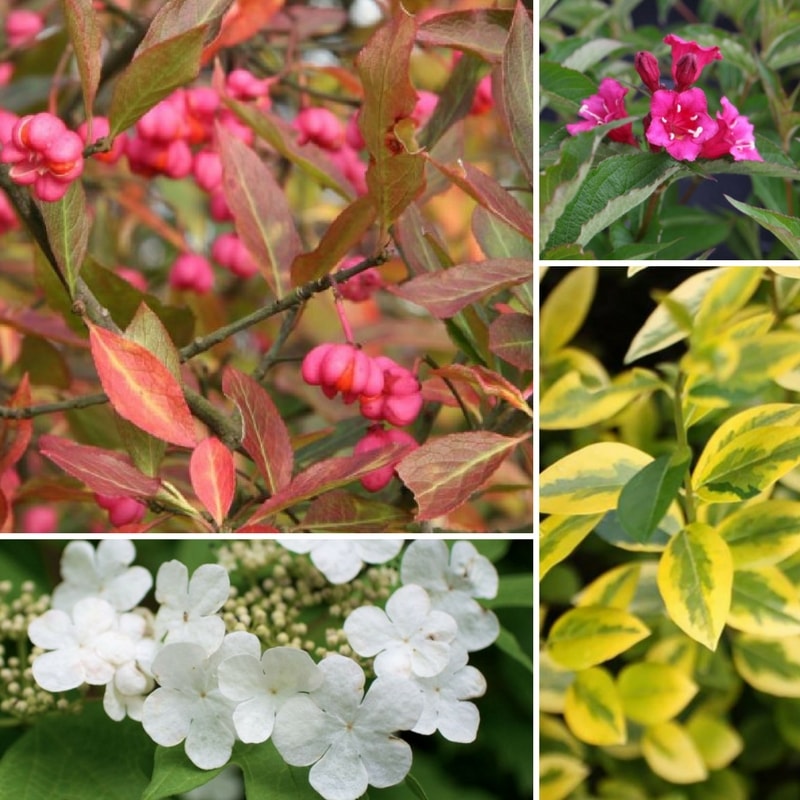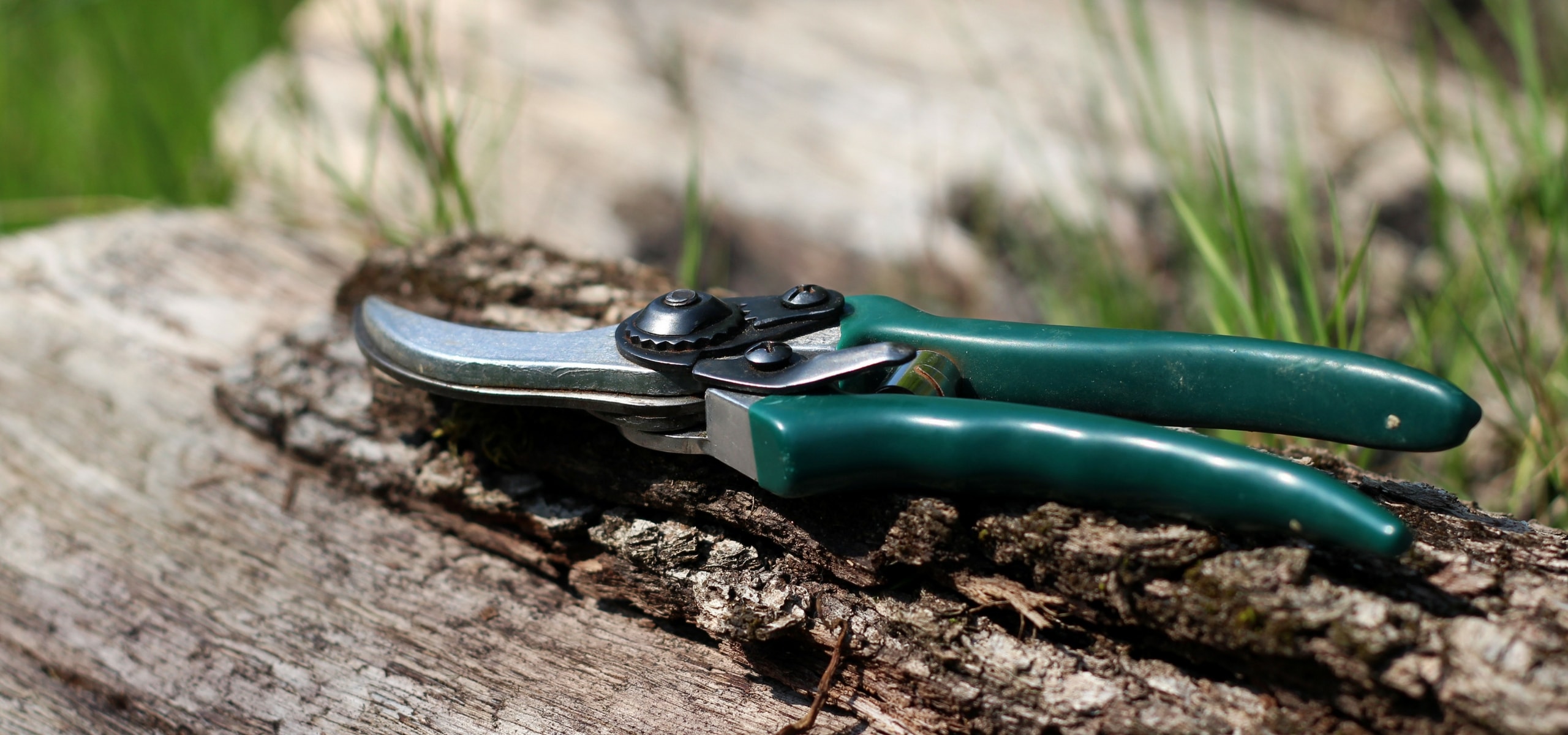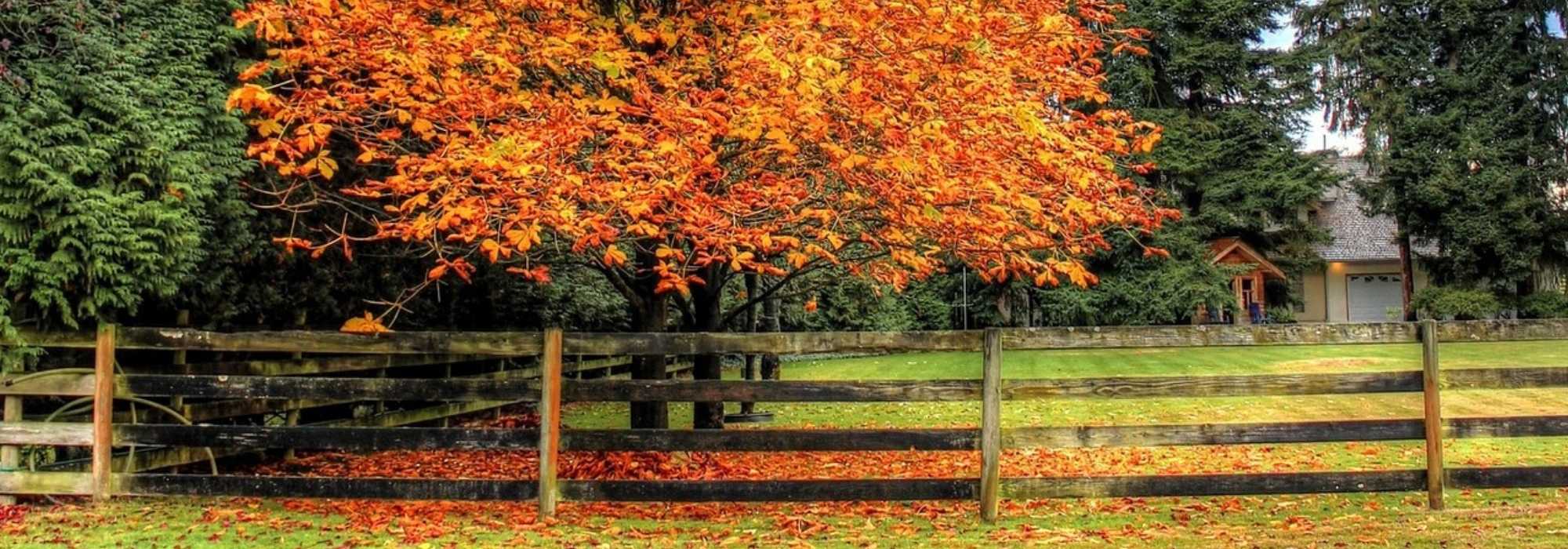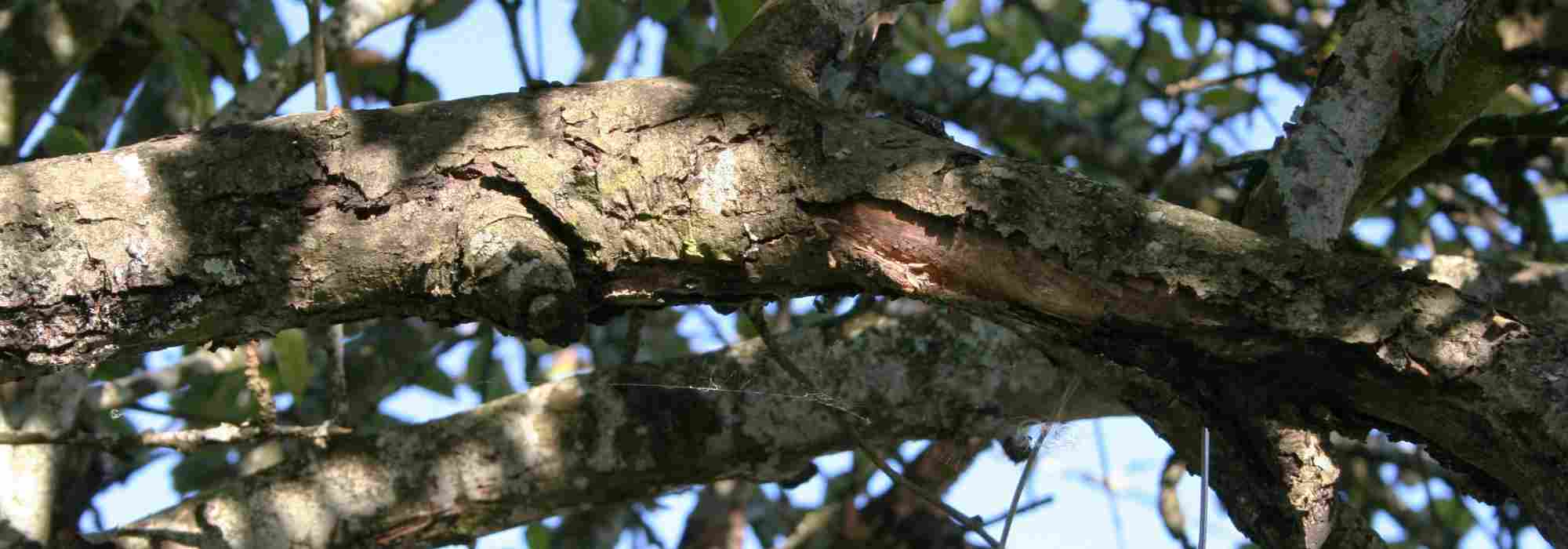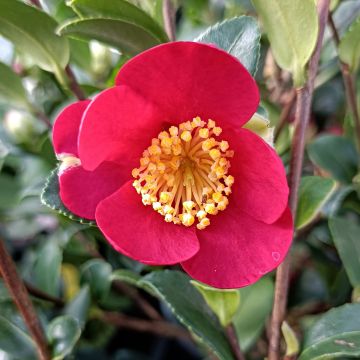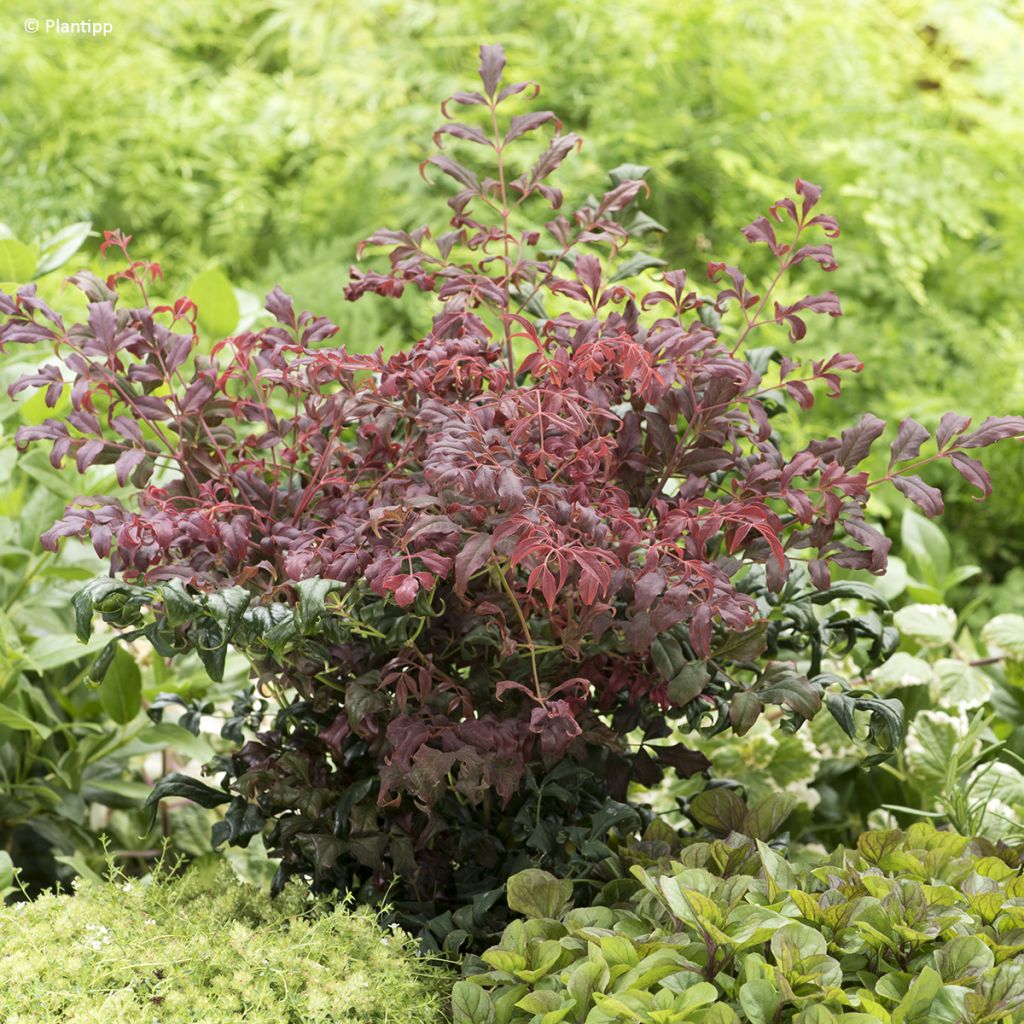

Nandina domestica Curly Obsessed - Sacred Bamboo


Nandina domestica Curly Obsessed - Sacred Bamboo
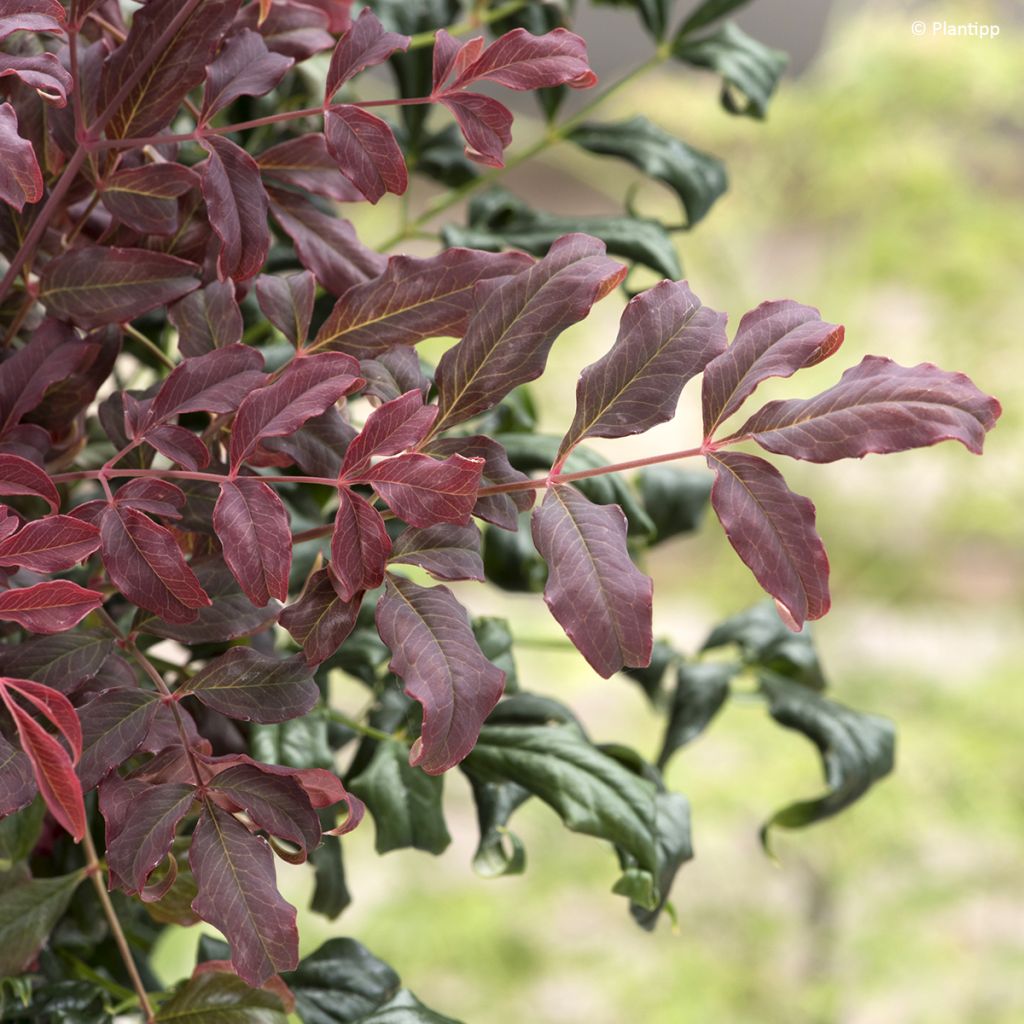

Nandina domestica Curly Obsessed - Sacred Bamboo
Nandina domestica Curly Obsessed - Sacred Bamboo
Nandina domestica 'Pb01' Curly Obsessed
Sacred Bamboo, Heavenly Bamboo
Special offer!
Receive a €20 voucher for any order over €90 (excluding delivery costs, credit notes, and plastic-free options)!
1- Add your favorite plants to your cart.
2- Once you have reached €90, confirm your order (you can even choose the delivery date!).
3- As soon as your order is shipped, you will receive an email containing your voucher code, valid for 3 months (90 days).
Your voucher is unique and can only be used once, for any order with a minimum value of €20, excluding delivery costs.
Can be combined with other current offers, non-divisible and non-refundable.
Home or relay delivery (depending on size and destination)
Schedule delivery date,
and select date in basket
This plant carries a 24 months recovery warranty
More information
We guarantee the quality of our plants for a full growing cycle, and will replace at our expense any plant that fails to recover under normal climatic and planting conditions.
Would this plant suit my garden?
Set up your Plantfit profile →
Description
Nandina domestica ‘Curly Obsessed' is ornamental in more ways than one. Not only does its very compact habit mean it can be planted both in the ground and in containers, but its divided foliage features highly original curved leaflets. Evergreen and thus decorative all year round, it also has the advantage of changing colour with the seasons. In spring, the young purple shoots stand out well against the mature dark green vegetation. As autumn arrives, the foliage evolves into a harmony of red, yellow, and orange. The architectural and colourful silhouette of this variety of Sacred Bamboo fits perfectly in a contemporary or Japanese-style border, and makes a beautiful pot arrangement to adorn a balcony. Easy to grow in a sheltered position away from full sun, it proves to be quite hardy and requires little maintenance.
Nandina is a member of the small Berberidaceae family, best known for the Berberis genus, the Barberry, which hosts nearly two-thirds of all species in this botanical family, but which includes a few other ornamental genera, such as Mahonia, or the rare Podophyllums with their strange foliage. The only known species of the Nandina domestica genus, or Sacred Bamboo, is native to China and Japan, where it is commonly called nanten, which through alteration gave the scientific name Nandina. The typical species forms a shrub with stiff stems, 1.20 to 2 m tall, about the thickness of a finger, resembling bamboo shoots, although these plants are not related. The epithet "sacred" comes from the fact that Nandina is traditionally planted around temples in Asia.
From this unique species, breeders have managed to create several horticultural varieties, each more ornamental than the last. This is the case with 'Curly Obsessed', a surprising cultivar with curly foliage, whose lanceolate leaflets tend to curl curiously, adding a touch of lightness to the very architectural vegetation. This Nandina is appealingly compact, reaching 60 cm in height and only 50 cm in width, which allows it to be easily kept in a pot. The exuberant foliage adds volume to the bush, giving it a dense and airy silhouette all year round, as it is evergreen. In spring, new purple shoots unfurl to elegantly contrast with the mature dark green vegetation, then they turn green. Autumn is a second highlight for this variety, which takes on superb yellow, orange, and red tones. In sufficiently warm climates, clusters of creamy, white flowers, about fifteen centimetres long, bloom in July and August. They then develop into small, spherical, shiny red fruits that are very decorative.
Nandina domestica ‘Curly Obsessed' is a gem for small gardens where it will quickly find a place in a mixed border, combining perennials and shrubs, in a partially shaded location. Solomon's Seal (Polygonatum multiflorum) with its lighter green foliage and extremely architectural habit, accentuated by the original flowering of small, evenly spaced white bells, will pair well with your Sacred Bamboo. Sarcococcas with their delightful, sweet winter flowering will also be good companions for partial shade, as will the slightly taller Camellias, which you can place in the second row and which will offer you their sculpturally beautiful flowers. To complete your scene, plant the magnificent Acer conspicuum 'Red Flamingo' in the background. One doesn't know what to admire more: the green leaves splashed with shrimp pink and creamy white, borne on coral red petioles, or the snakeskin bark, clearly visible in winter when the foliage has fallen to the ground.
Nandina domestica Curly Obsessed - Sacred Bamboo in pictures
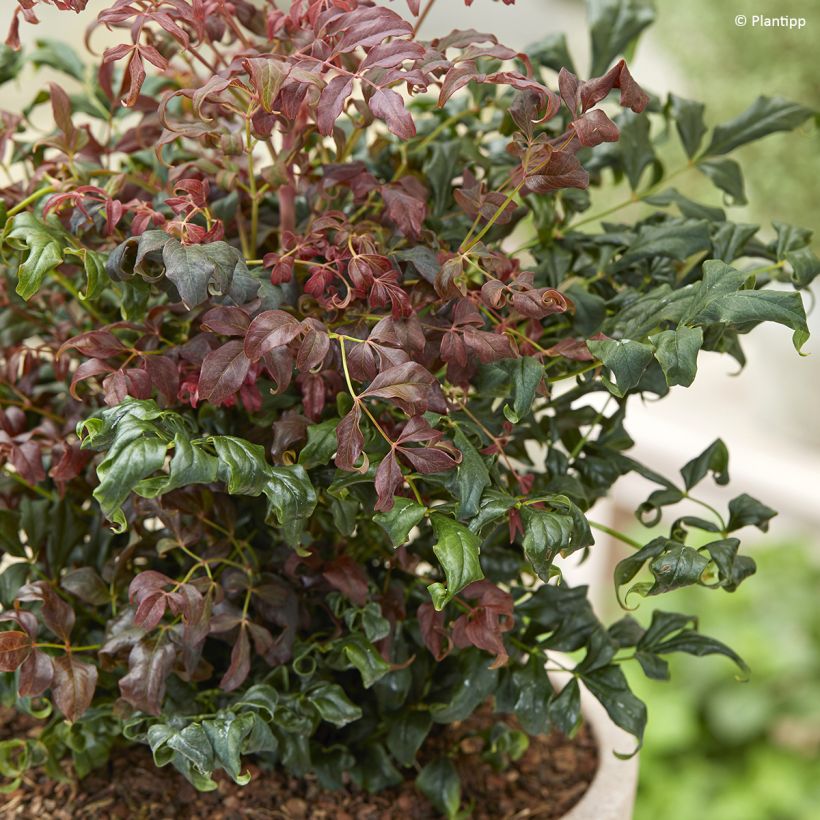



Plant habit
Flowering
Foliage
Botanical data
Nandina
domestica
'Pb01' Curly Obsessed
Berberidaceae
Sacred Bamboo, Heavenly Bamboo
Cultivar or hybrid
Planting and care
Plant Nandina domestica 'Curly Obsessed' in soft, deep, well-drained soil, even slightly chalky, ideally moist throughout the year. However, and contrary to what is often read, it has been proven that once well-established in deep soil, this bush withstands very dry summers without damage, in partial shade and without watering. Prepare a good planting hole (50 cm in all directions) and place your sacred bamboo in a mixture of garden soil, compost and coarse sand. Add a little dried blood and horn meal to the bottom of the planting hole, then a layer of your mixture before positioning your young plant.
Nandina domestica prefers sunny, non-scorching situations or partial shade. Drying and/or strong winds should be avoided, and choose a location sheltered from sharp cold. This bush is hardy down to -15°C/-18°C under optimal conditions, so it is a good idea to protect its base with a thick mulch of dead leaves before winter in the coldest regions. If the aerial part were to freeze, cut the plant back to ground level in February-March. Pruning is limited to removing dead wood and overcrowded or weak branches in winter.
Planting period
Intended location
Care
Planting & care advice
This item has not been reviewed yet - be the first to leave a review about it.
Similar products
Haven't found what you were looking for?
Hardiness is the lowest winter temperature a plant can endure without suffering serious damage or even dying. However, hardiness is affected by location (a sheltered area, such as a patio), protection (winter cover) and soil type (hardiness is improved by well-drained soil).

Photo Sharing Terms & Conditions
In order to encourage gardeners to interact and share their experiences, Promesse de fleurs offers various media enabling content to be uploaded onto its Site - in particular via the ‘Photo sharing’ module.
The User agrees to refrain from:
- Posting any content that is illegal, prejudicial, insulting, racist, inciteful to hatred, revisionist, contrary to public decency, that infringes on privacy or on the privacy rights of third parties, in particular the publicity rights of persons and goods, intellectual property rights, or the right to privacy.
- Submitting content on behalf of a third party;
- Impersonate the identity of a third party and/or publish any personal information about a third party;
In general, the User undertakes to refrain from any unethical behaviour.
All Content (in particular text, comments, files, images, photos, videos, creative works, etc.), which may be subject to property or intellectual property rights, image or other private rights, shall remain the property of the User, subject to the limited rights granted by the terms of the licence granted by Promesse de fleurs as stated below. Users are at liberty to publish or not to publish such Content on the Site, notably via the ‘Photo Sharing’ facility, and accept that this Content shall be made public and freely accessible, notably on the Internet.
Users further acknowledge, undertake to have ,and guarantee that they hold all necessary rights and permissions to publish such material on the Site, in particular with regard to the legislation in force pertaining to any privacy, property, intellectual property, image, or contractual rights, or rights of any other nature. By publishing such Content on the Site, Users acknowledge accepting full liability as publishers of the Content within the meaning of the law, and grant Promesse de fleurs, free of charge, an inclusive, worldwide licence for the said Content for the entire duration of its publication, including all reproduction, representation, up/downloading, displaying, performing, transmission, and storage rights.
Users also grant permission for their name to be linked to the Content and accept that this link may not always be made available.
By engaging in posting material, Users consent to their Content becoming automatically accessible on the Internet, in particular on other sites and/or blogs and/or web pages of the Promesse de fleurs site, including in particular social pages and the Promesse de fleurs catalogue.
Users may secure the removal of entrusted content free of charge by issuing a simple request via our contact form.
The flowering period indicated on our website applies to countries and regions located in USDA zone 8 (France, the United Kingdom, Ireland, the Netherlands, etc.)
It will vary according to where you live:
- In zones 9 to 10 (Italy, Spain, Greece, etc.), flowering will occur about 2 to 4 weeks earlier.
- In zones 6 to 7 (Germany, Poland, Slovenia, and lower mountainous regions), flowering will be delayed by 2 to 3 weeks.
- In zone 5 (Central Europe, Scandinavia), blooming will be delayed by 3 to 5 weeks.
In temperate climates, pruning of spring-flowering shrubs (forsythia, spireas, etc.) should be done just after flowering.
Pruning of summer-flowering shrubs (Indian Lilac, Perovskia, etc.) can be done in winter or spring.
In cold regions as well as with frost-sensitive plants, avoid pruning too early when severe frosts may still occur.
The planting period indicated on our website applies to countries and regions located in USDA zone 8 (France, United Kingdom, Ireland, Netherlands).
It will vary according to where you live:
- In Mediterranean zones (Marseille, Madrid, Milan, etc.), autumn and winter are the best planting periods.
- In continental zones (Strasbourg, Munich, Vienna, etc.), delay planting by 2 to 3 weeks in spring and bring it forward by 2 to 4 weeks in autumn.
- In mountainous regions (the Alps, Pyrenees, Carpathians, etc.), it is best to plant in late spring (May-June) or late summer (August-September).
The harvesting period indicated on our website applies to countries and regions in USDA zone 8 (France, England, Ireland, the Netherlands).
In colder areas (Scandinavia, Poland, Austria...) fruit and vegetable harvests are likely to be delayed by 3-4 weeks.
In warmer areas (Italy, Spain, Greece, etc.), harvesting will probably take place earlier, depending on weather conditions.
The sowing periods indicated on our website apply to countries and regions within USDA Zone 8 (France, UK, Ireland, Netherlands).
In colder areas (Scandinavia, Poland, Austria...), delay any outdoor sowing by 3-4 weeks, or sow under glass.
In warmer climes (Italy, Spain, Greece, etc.), bring outdoor sowing forward by a few weeks.




































